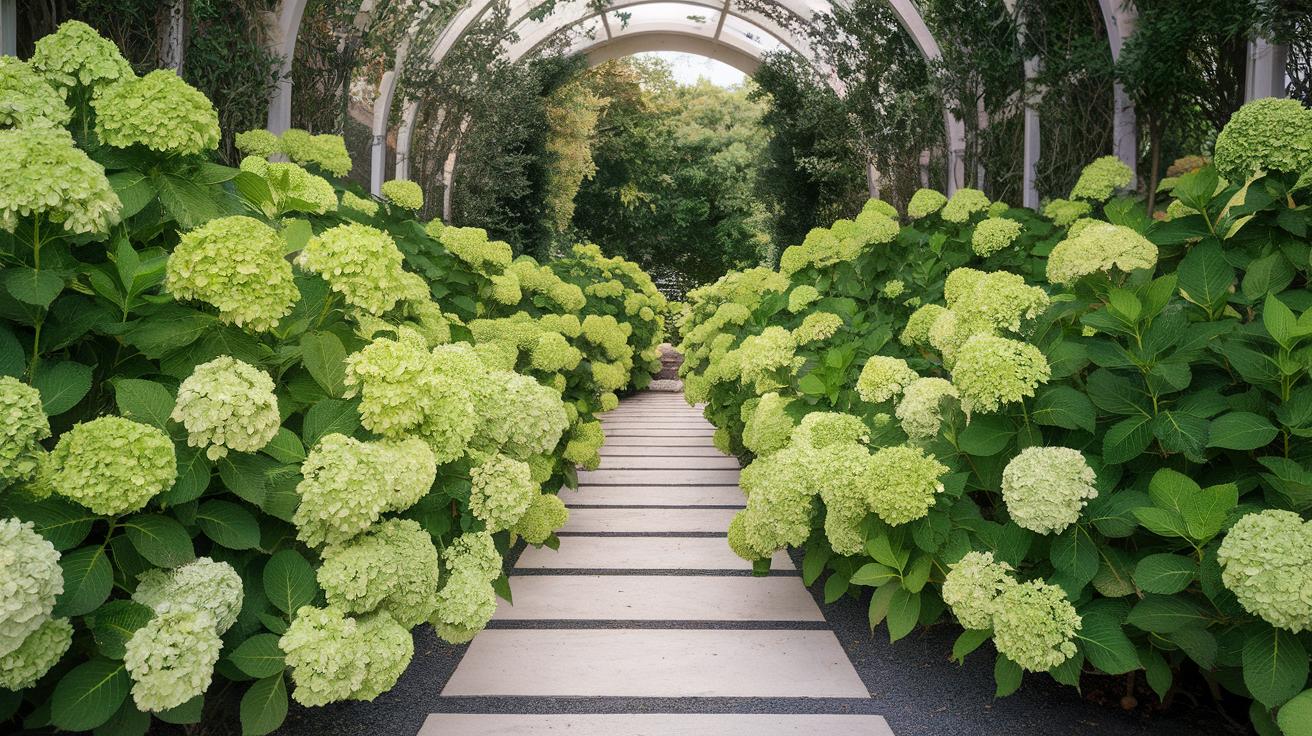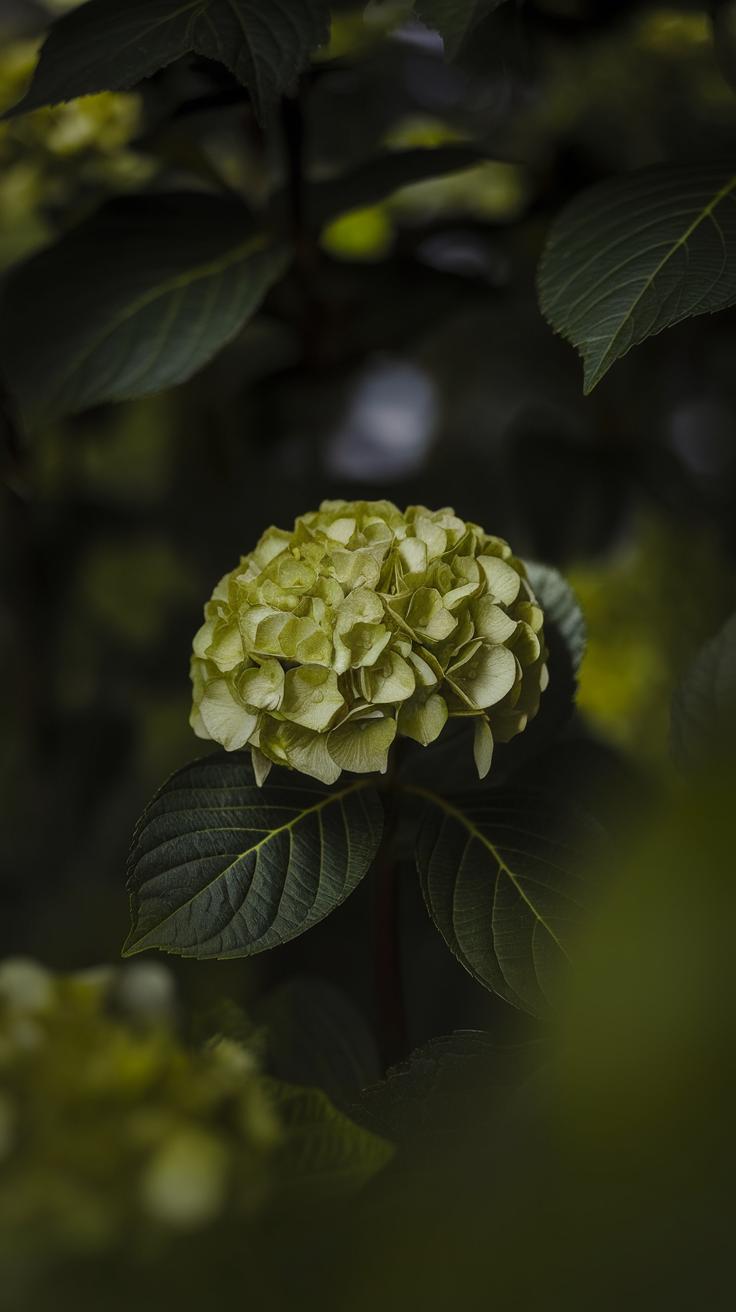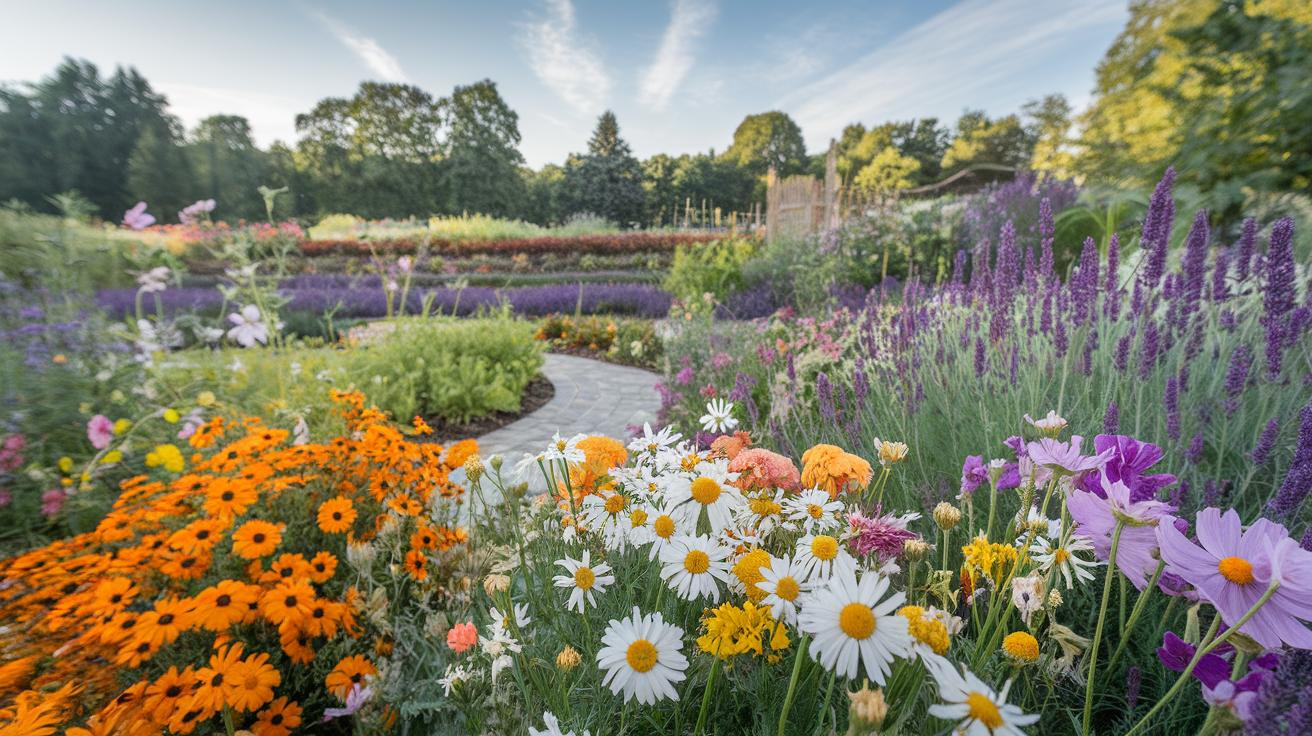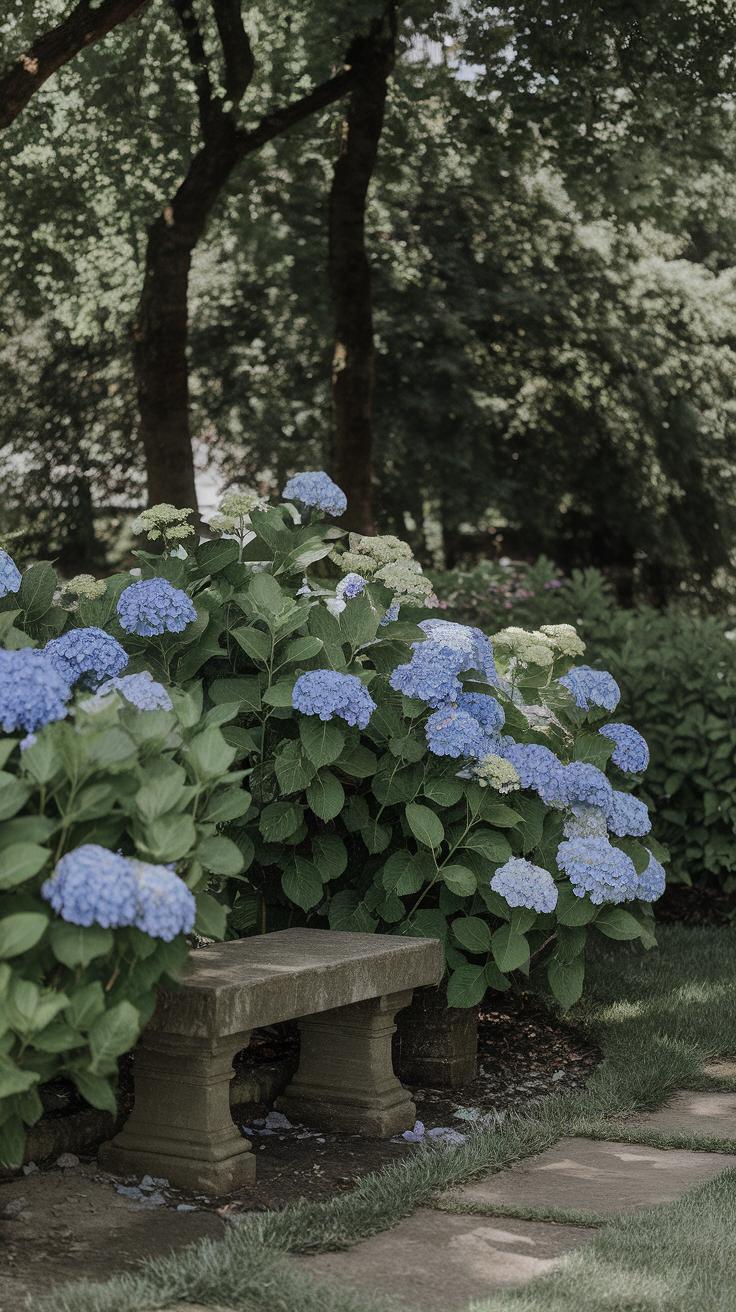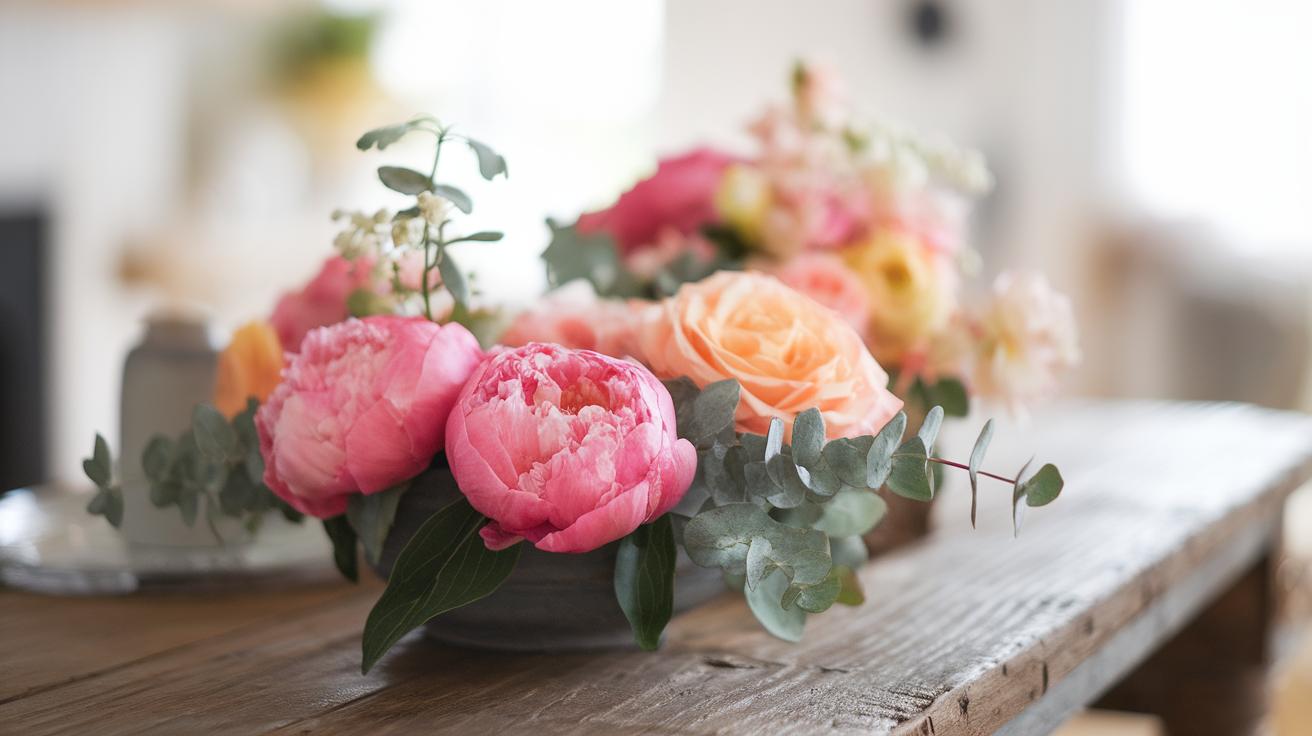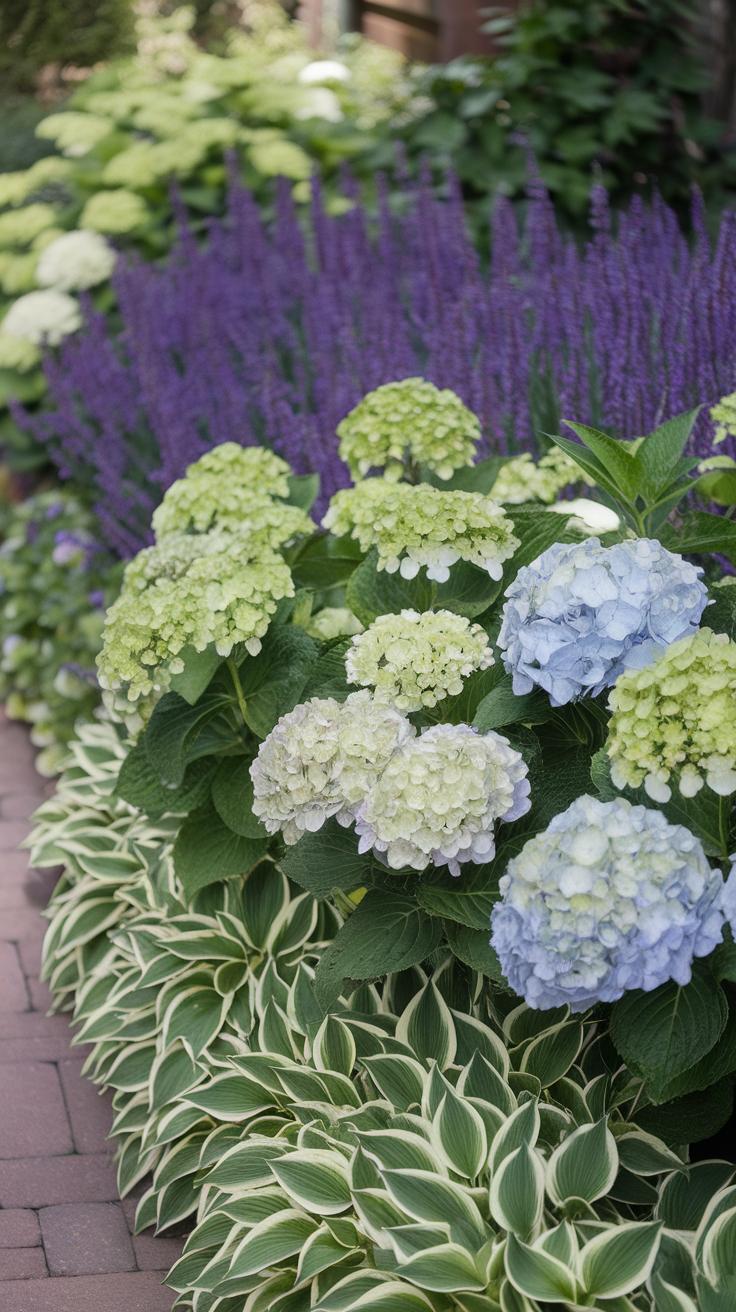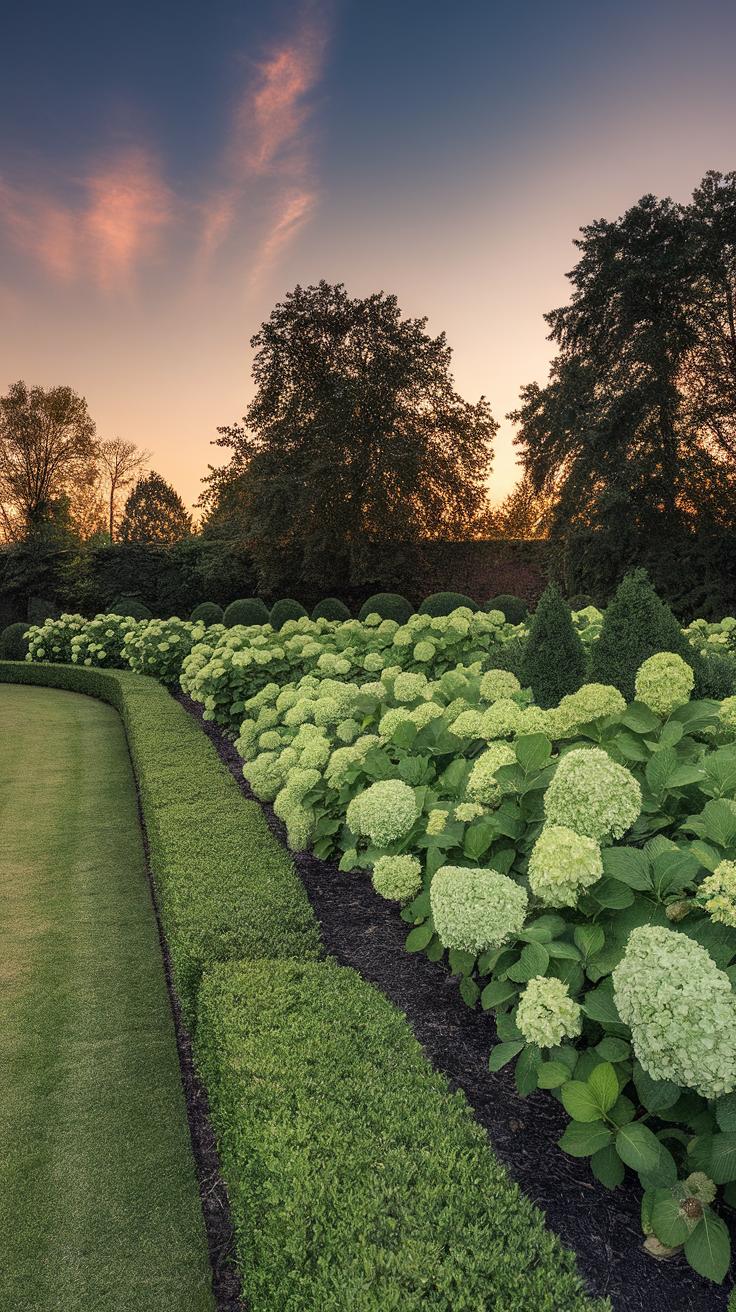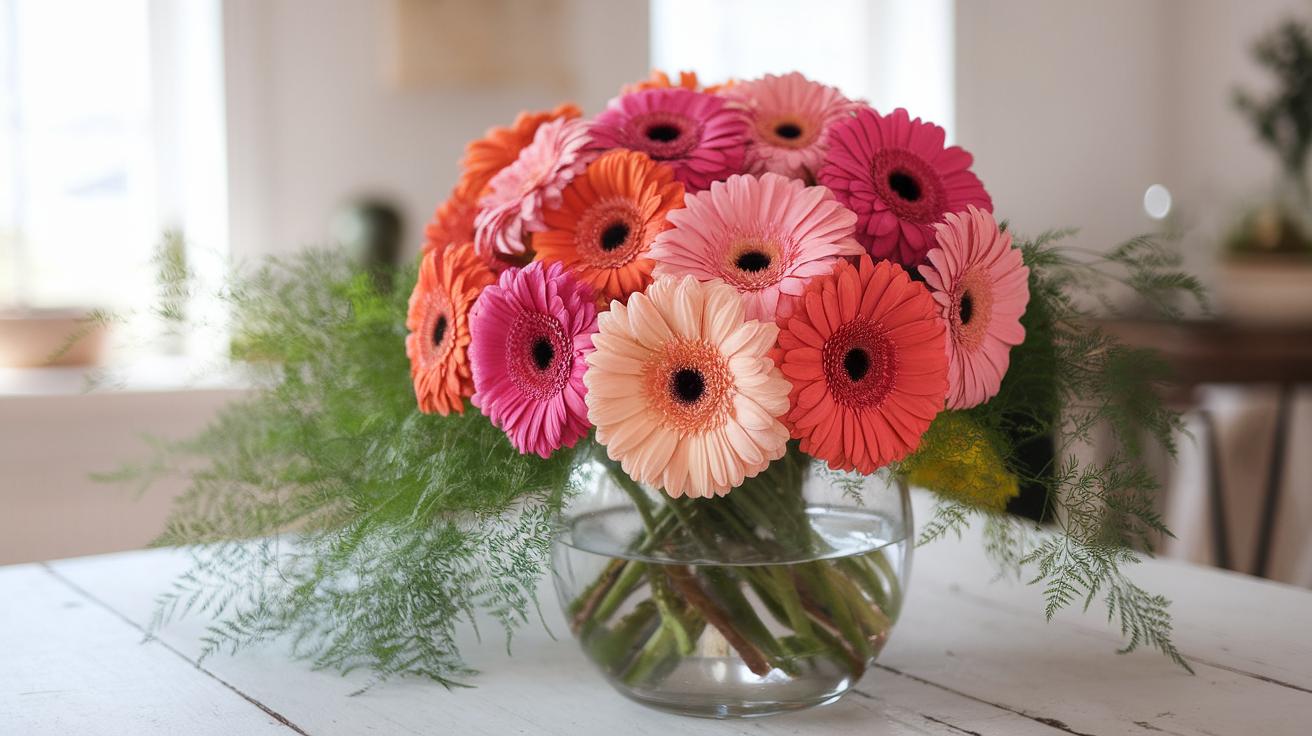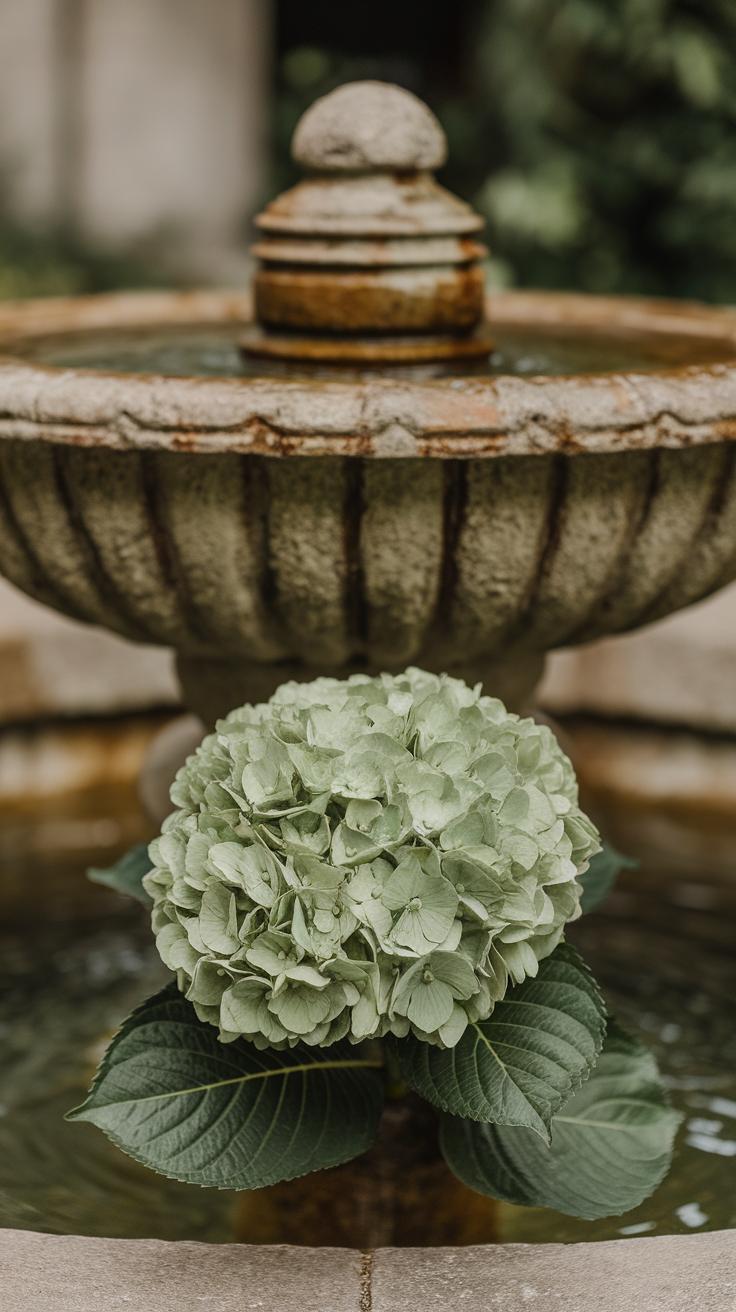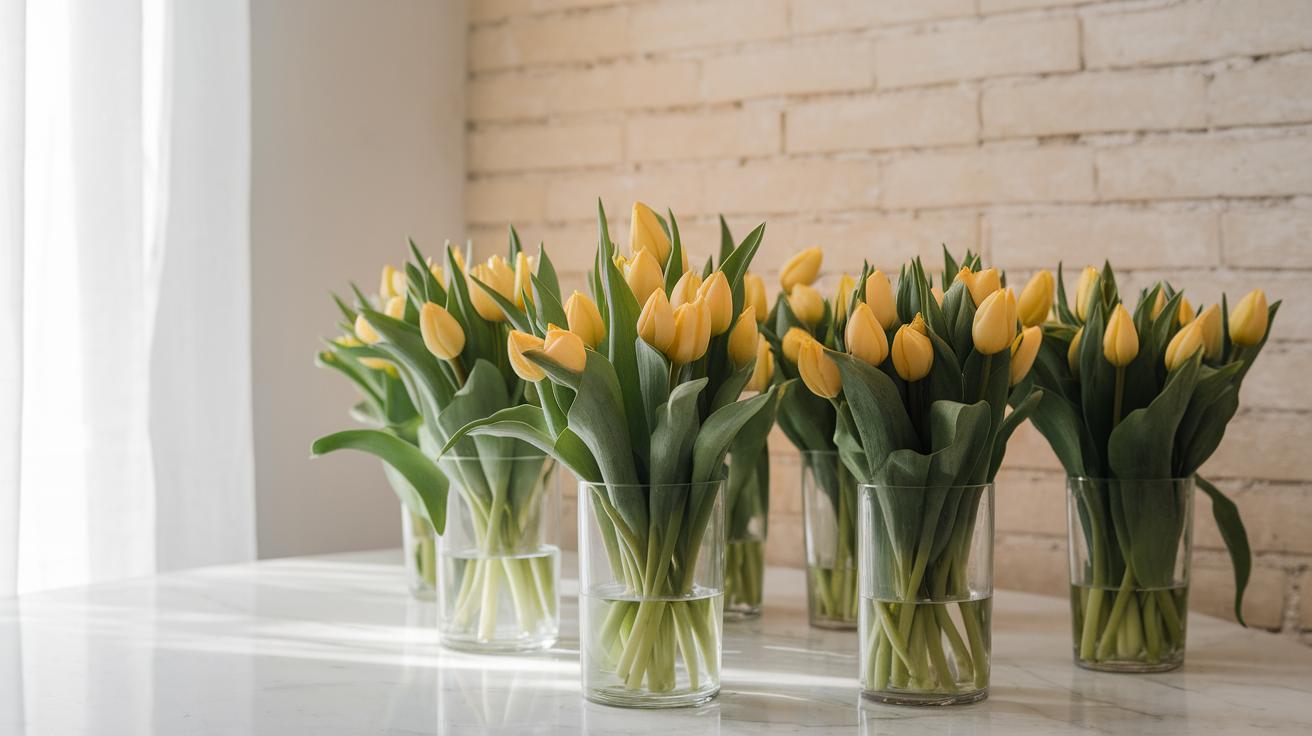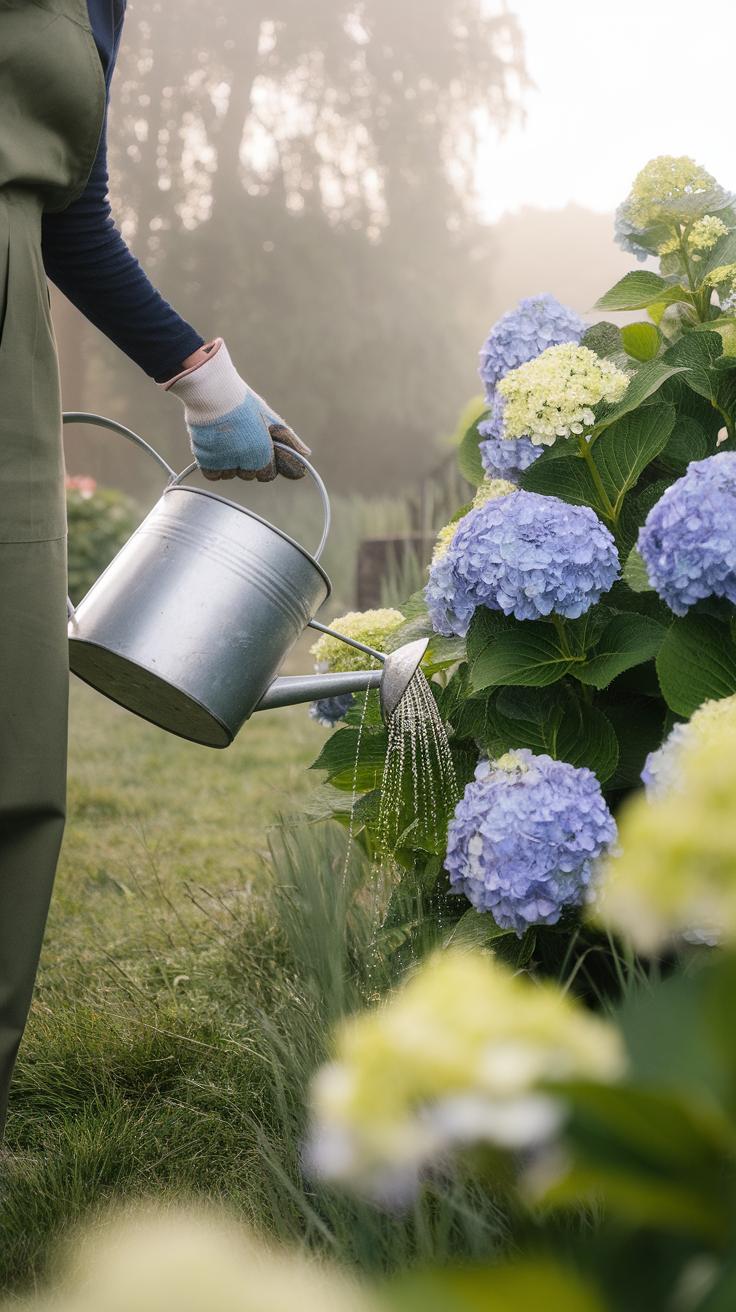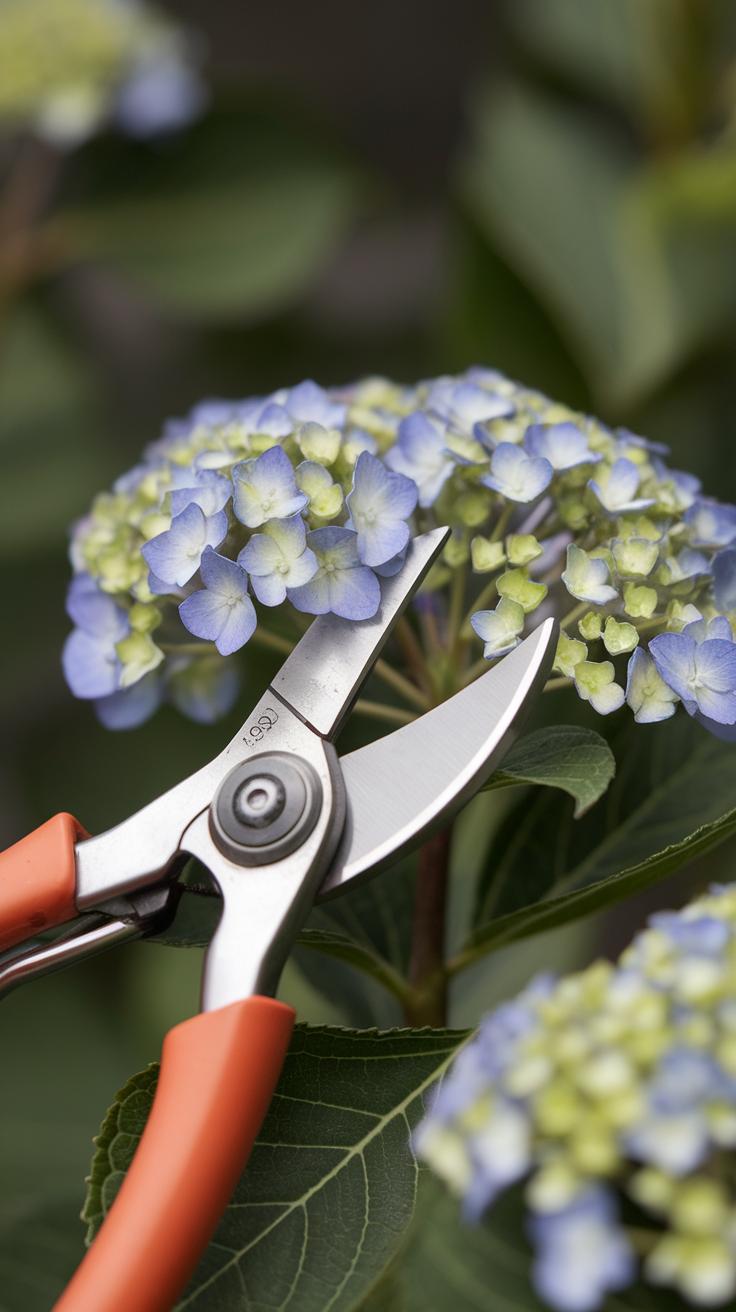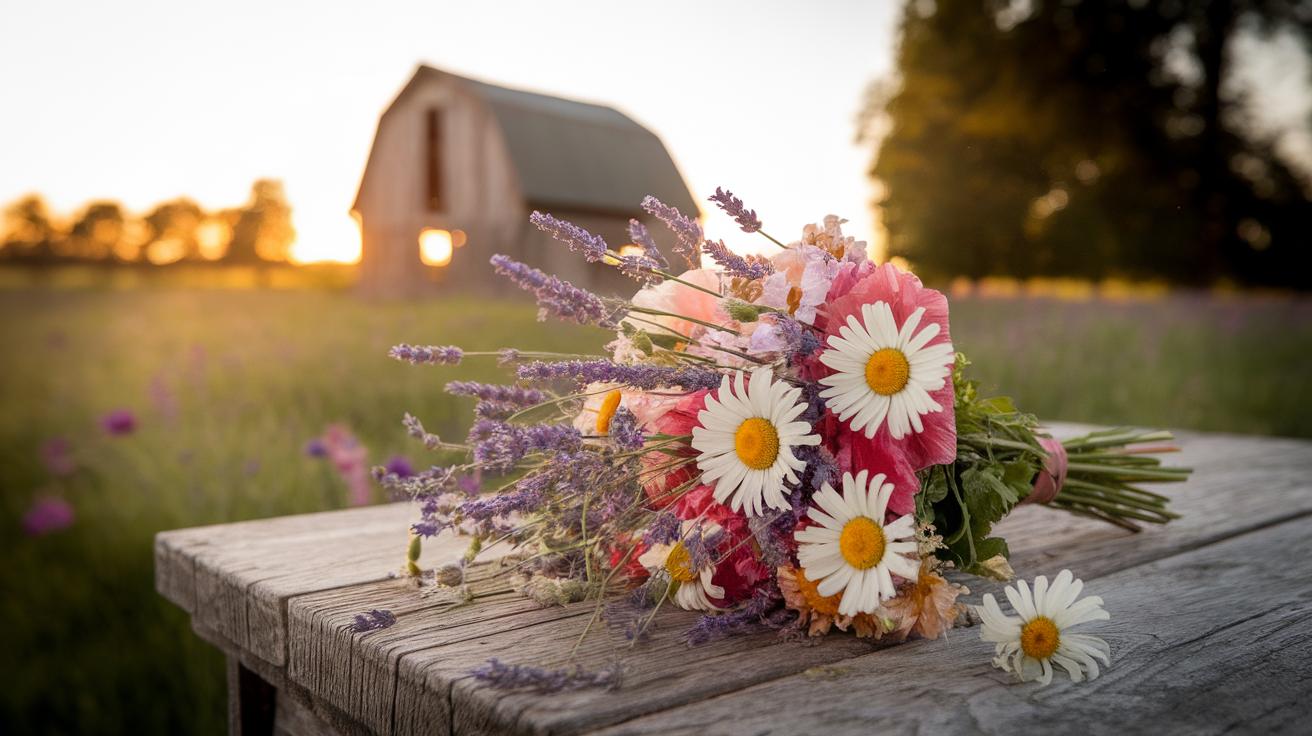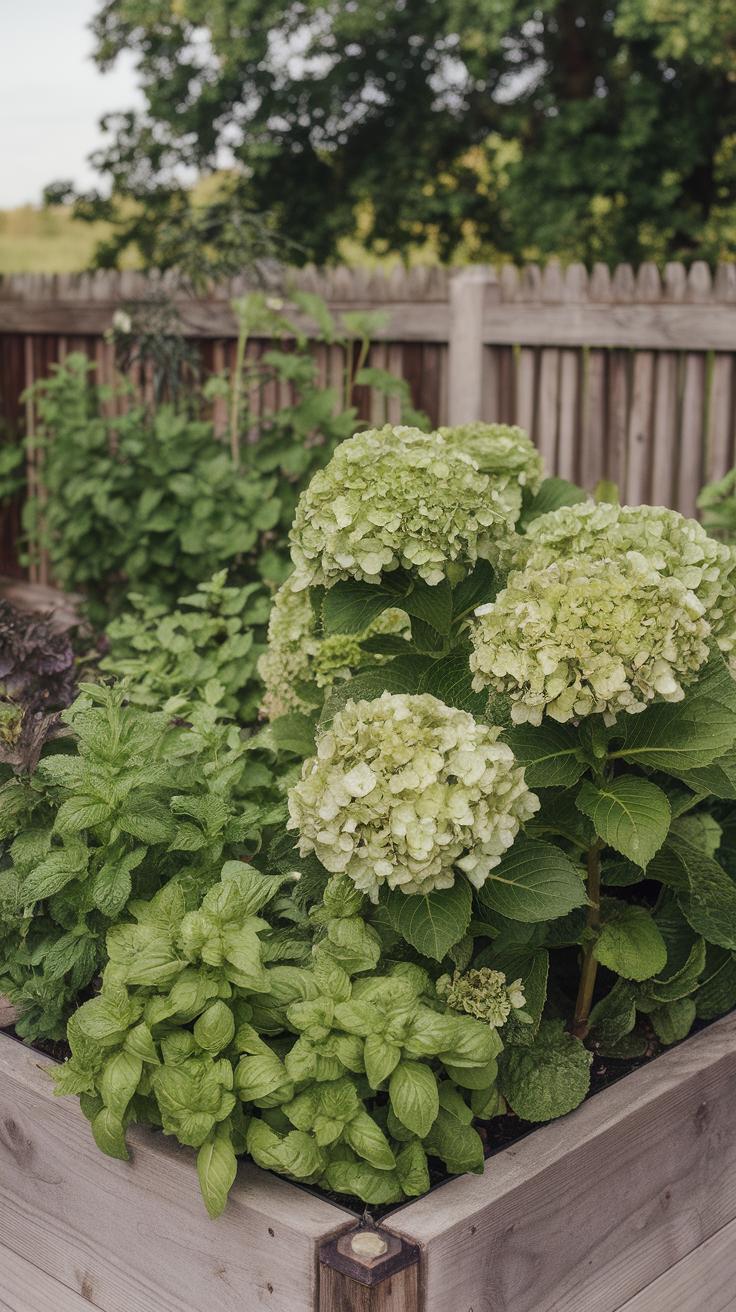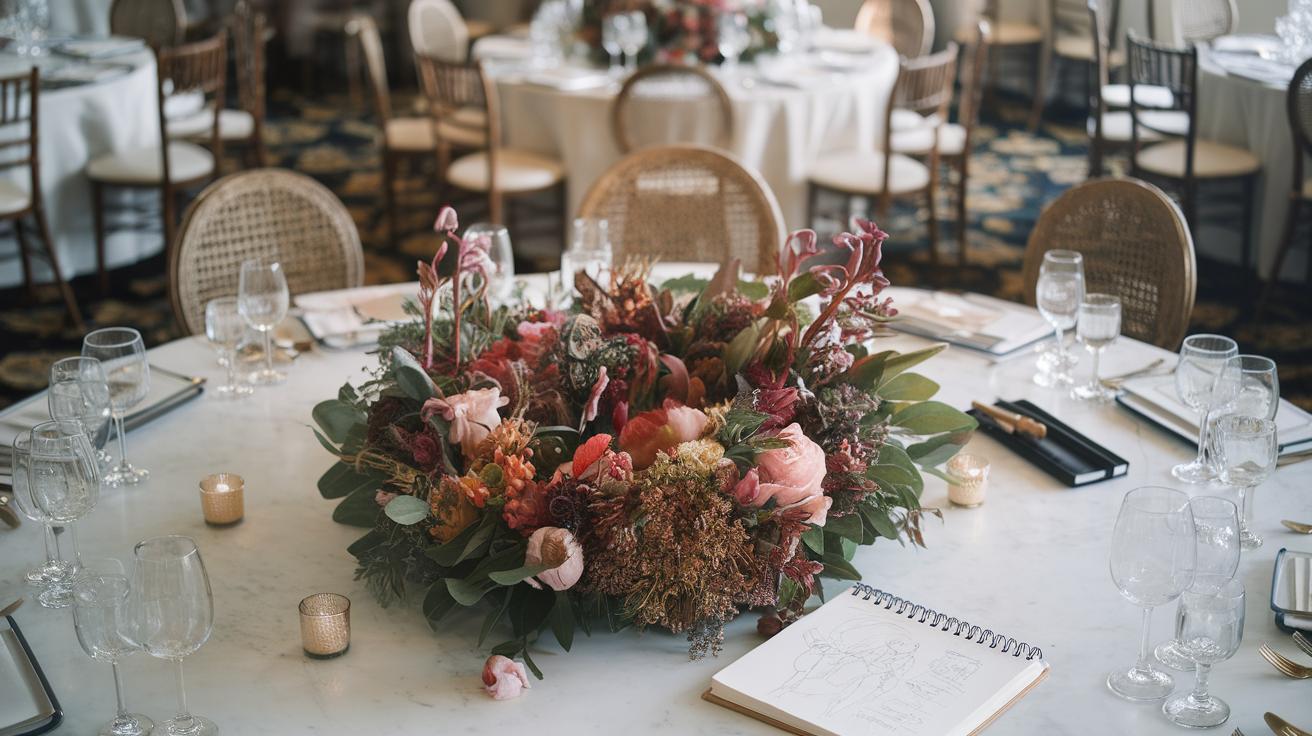Introduction
Hydrangeas are captivating plants loved for their stunning blooms and rich foliage. Among them, green hydrangeas stand out for their unique and subtle beauty. These plants can bring life to garden landscapes while serving practical functions. Understanding how to effectively place and care for these plants can enhance the overall appeal of your garden.
In this article, you will discover fresh ideas to use green hydrangeas in your landscaping. From creating visually appealing borders to serving as focal points, these suggestions will help you maximize the impact of these plants. Whether you are a novice gardener or an experienced landscaper, these insights will guide you in designing a beautiful outdoor space with green hydrangeas.
Introduction to Green Hydrangeas
Green hydrangeas are unique flowers that bring a fresh look to any garden. These plants start their life in a green hue, often transitioning to shades of white or creamy tones as they bloom. They are popular for their large, rounded flower clusters and their sturdy, upright growth habit. These characteristics make them effective in various garden styles, from contemporary designs to more traditional settings.
Using green hydrangeas can open new design possibilities. You might plant them as statement pieces, focal points, or as part of a larger floral arrangement. They also pair well with other plants due to their neutral color palette. Have you considered using them along pathways or in mixed borders? Their lush foliage adds texture and depth, enhancing visual interest.
Think about how green hydrangeas can fit into your overall landscaping plan. Whether you aim for bold statements or subtle blends, these versatile plants can adapt to your needs. Are you ready to find innovative ways to incorporate them into your garden landscape?
Choosing the Right Location
Selecting the right spot for your green hydrangeas is key to their success. These plants thrive in well-draining soil that retains some moisture. Look for areas with partial to full sun. They will bloom best with at least four hours of sunlight daily.
Consider proximity to other plants. Keep green hydrangeas away from large trees that could compete for water and nutrients. A spot near a garden path can also enhance visibility and create a focal point.
Evaluate your local climate. If you live in a warmer region, look for shaded spots during peak hours. If you are in cooler areas, a location that receives more sun might work better.
Have you thought about how the layout of your garden affects visibility? Plan for how these plants will interact with your space throughout the seasons. This planning will make your garden more inviting.
Companion Planting
Your garden can flourish more with the right plant combinations. Consider pairing green hydrangeas with plants that contrast and complement their unique color. For instant beauty, try planting them alongside aspen trees. The white bark offers an attractive backdrop. You can also include purple asters or orange daylilies for vibrant color against green hydrangeas. These annuals blossom at the same time, giving your garden a lively appearance.
Think about using hostas as well. Their large leaves provide a lush ground cover that contrasts nicely with hydrangeas. Mixing flowers, grasses, and shrubs will enhance visual interest. Consider adding ferns for a natural look. Displaying these plants together creates layers and textures. What combinations do you envision in your own garden? Experiment with colors and heights to bring out the best in your green hydrangeas.
Designing Garden Borders
Using Green Hydrangeas for Borders
Green hydrangeas can make excellent borders in your garden. Their lush foliage provides a soft edge that enhances your landscape. You might consider planting them along pathways to create a welcoming atmosphere. A row of green hydrangeas can lead visitors through your garden, guiding them towards focal points or other features.
Mixing different heights adds interest to borders. Use taller green hydrangeas in the back and shorter plants, like lavender or dwarf shrubs, in front. This layering can create a dynamic look without overwhelming the space. Have you thought about how color will change as seasons pass? Green hydrangeas can transition from vibrant foliage in summer to rich tones in fall.
Designing Functional Borders
Consider creating functional borders by using green hydrangeas as natural dividers. They can separate different areas of your garden, like vegetable plots from flower beds. This division keeps your garden organized and visually appealing. The density of the hydrangeas will block distractions while adding beauty to the layout.
Using green hydrangeas in borders can also reduce weed growth. Their sprawling roots can crowd out unwanted plants. This allows you to focus on maintaining the overall design. Have you thought about the maintenance required with this planting? Pruning and periodic fertilizing will keep your hydrangeas healthy and attractive throughout the growing season.
Focal Points and Accents
Making green hydrangeas a focal point in your garden adds a unique touch. Their soft color provides a refreshing contrast to brighter blooms. Consider planting a cluster of green hydrangeas in the center of your garden bed. This will draw the eye and serve as a central element in your landscape. Another option is to frame a walkway or entrance with green hydrangeas. Their lush foliage can create an inviting path.
Consider incorporating them into pots or raised containers. Placing these containers on a patio or deck offers a versatile way to highlight their beauty. Hanging baskets with trailing plants can also complement the hydrangeas. This creates a layered look that enhances your outdoor space.
How do you want to use green hydrangeas to make an impact? Think about pairing them with darker foliage plants to emphasize their color. You might also try using them alongside other blooms for a dynamic interaction. Suited to both modern and classic designs, green hydrangeas can become an integral part of your landscaping ideas.
Seasonal Care Tips
Spring Care
Spring marks the time to assess your green hydrangeas. Check for any damage from winter. Remove dead or broken branches. This helps encourage new growth. Fertilize with a balanced, slow-release fertilizer. Doing this provides essential nutrients for healthy blooms. Water regularly to keep the soil moist but not soggy. Deep watering encourages roots to grow stronger.
Summer Care
During summer, monitor your hydrangeas closely. Heat can stress the plants. Ensure they get enough water, especially during dry spells. If leaves begin to wilt, give them a good soak. Apply mulch around the base to help retain moisture. This also prevents weeds that can compete for nutrients.
Fall Care
In fall, prepare your hydrangeas for winter. Stop fertilizing as the plants begin to slow down. Remove spent flowers to tidy up and prevent disease. Protect the roots by adding organic mulch around the base. This insulation helps maintain soil temperature as it cools.
Winter Care
Winter can be harsh on hydrangeas. If you live in a colder area, consider wrapping the plants with burlap or using plant covers. This protects against freezing winds. Check for snow accumulation and gently brush it off to prevent branch breakage. Water during dry spells if the ground is not frozen.
Pruning Techniques
Pruning green hydrangeas plays a key role in maintaining their health and appearance. This simple task encourages new growth, promotes flowering, and prevents diseases. Start by identifying the type of hydrangea you have. For example, some need pruning in late winter, while others thrive with summer pruning.
When you prune, remove dead or damaged stems first. This helps the plant focus on producing healthy growth. Next, cut back older branches to the ground. This encourages new shoots that bear flowers. Consider using sharp, clean tools to make precise cuts. Clean tools prevent the spread of disease.
How often do you check your hydrangeas for dead wood? Regular inspection can prevent issues before they escalate. Pruning not only shapes the plant but also boosts overall blooming. Try different methods to see what works best for your garden. What shapes do you envision for your hydrangeas?
Incorporating Edible Landscaping
Integrating Edibles with Green Hydrangeas
Think about adding edible plants around your green hydrangeas. This combination creates a vibrant and functional garden space. Imagine rows of lettuce or kale mingling with the lush foliage of hydrangeas. This approach not only beautifies your landscape but also provides homegrown food right at your fingertips. You can even use herbs like basil or mint in the same area. They thrive in similar conditions and complement the hydrangeas well.
Consider the layout of your garden. Plant taller crops behind the hydrangeas to ensure they receive adequate sunlight. You can use raised beds to create height while nursing the hydrangeas upfront. Have you thought about planting strawberries? Their berries can spill over the edges like living ground covers, bringing more life to your garden. These practices allow you to maximize your garden’s productivity while enjoying the beauty of hydrangeas.
Showcasing Green Hydrangeas
Integrate green hydrangeas into your garden design for a unique touch. Plant them in clusters for a bold effect. You can use a variety of green hydrangeas, such as ‘Limelight’ or ‘Annabelle’, to create visual interest. Consider pairing them with contrasting plants. For example, dark purple or deep red flowers can highlight the green blooms beautifully.
Think about layering your garden. Place taller green hydrangeas in the back, with shorter plants in front. This technique draws the eye forward and encourages exploration. Create a focal point by placing a single large hydrangea in a pot at the entrance of your garden pathway. This setup invites visitors to wander through your space.
You can also use green hydrangeas in cut flower arrangements. Their color complements a range of other blooms. Mix them with yellow sunflowers or delicate white daisies for a fresh look. How do you envision using green hydrangeas in your own garden? The possibilities are countless, pushing your creativity to new heights.
Conclusions
Green hydrangeas offer limitless possibilities for enhancing garden landscapes. By integrating them thoughtfully into your design, you can create environments that are both visually attractive and enjoyable. These plants thrive when properly cared for and positioned, making them a rewarding choice for any gardener.
As you plan your garden, consider the ideas shared in this article. Embrace the beauty and versatility of green hydrangeas. By doing so, you will enjoy a vibrant garden that thrives throughout the seasons.

